Some cities demand rigorous planning, while others reward spontaneity. The magic of travel often happens when you put away the map and let curiosity guide you through unfamiliar streets. The right urban environment transforms getting lost into a pleasure rather than a problem.
Here is a list of 20 cities worldwide that are perfectly suited for mapless wandering, each offering its own version of serendipitous discovery.
Venice, Italy
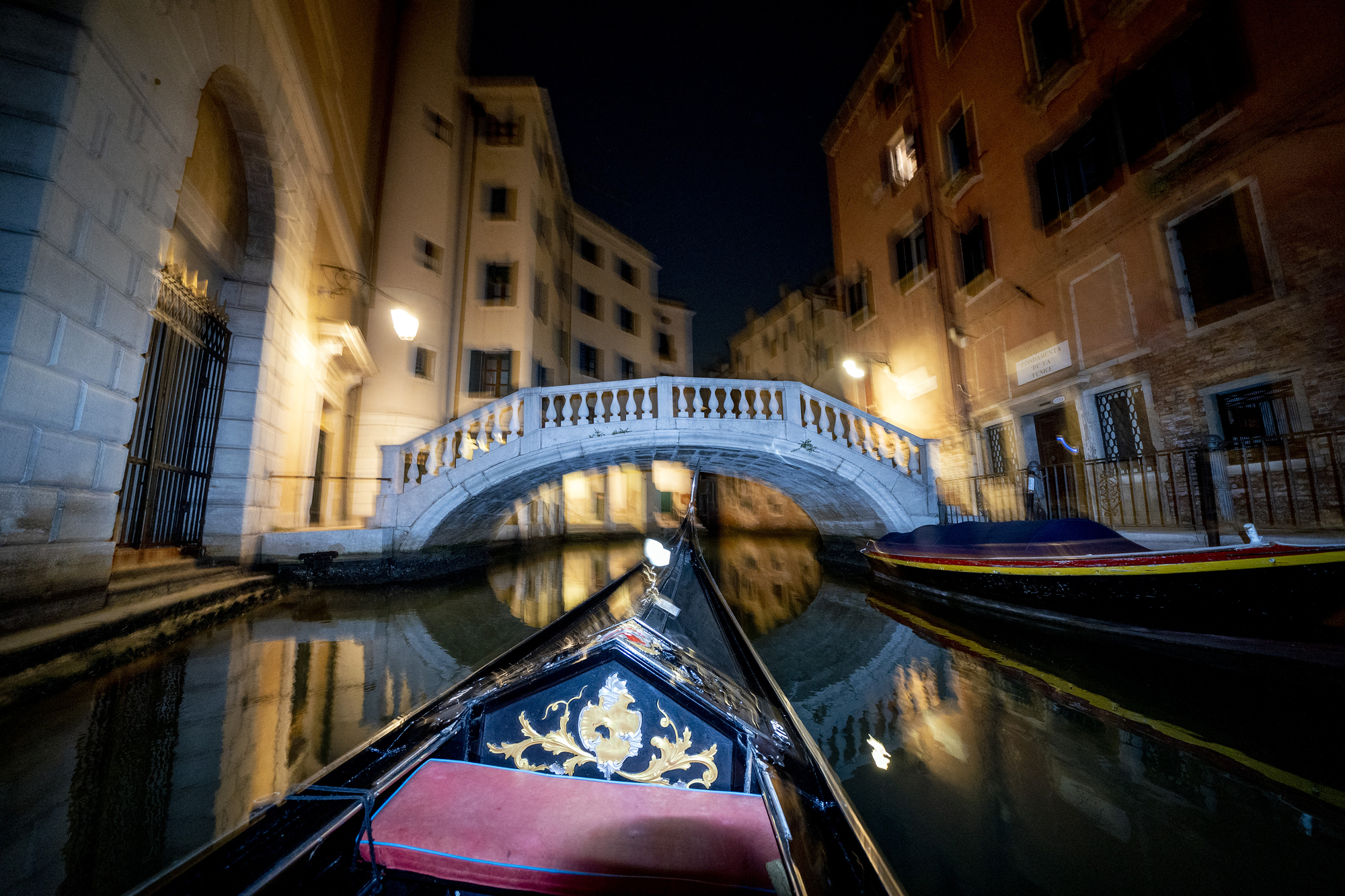
Venice’s labyrinthine layout confounds even the most detailed maps, making spontaneous exploration inevitable. The absence of cars, the constant presence of canals, and finite island boundaries create the perfect conditions for intentional disorientation.
Eventually, you’ll either reach water or recognize a landmark, making it impossible to stay truly lost.
Kyoto, Japan
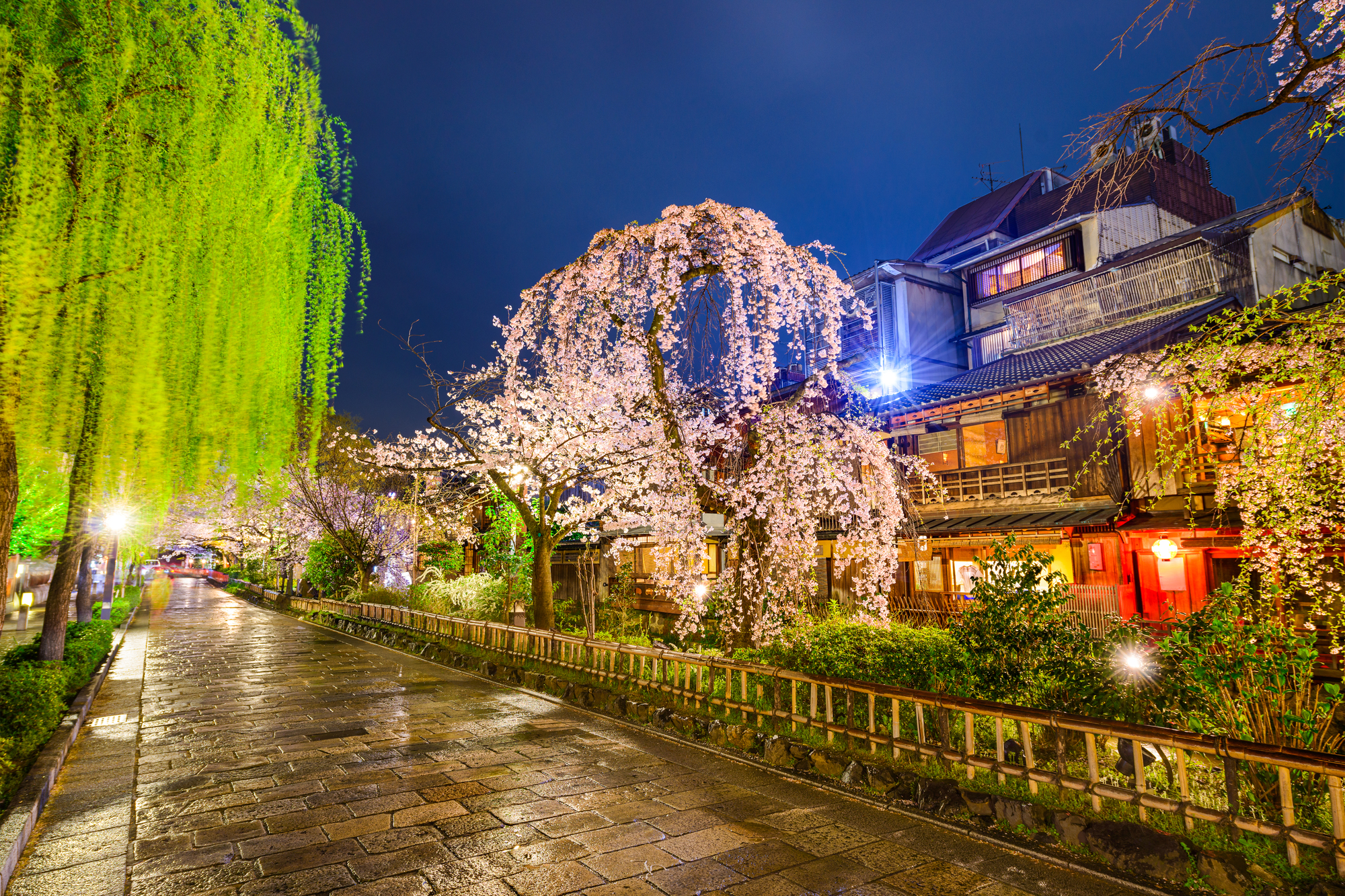
Kyoto combines straightforward avenues with atmospheric back streets, revealing traditional wooden houses and hidden gardens. The surrounding mountains provide constant orientation points visible above historic districts.
Walking through neighborhoods like Higashiyama feels like stepping through time, with each turn potentially revealing a centuries-old temple or perfect tea house.
Like Travel Pug’s content? Follow us on MSN.
Lisbon, Portugal
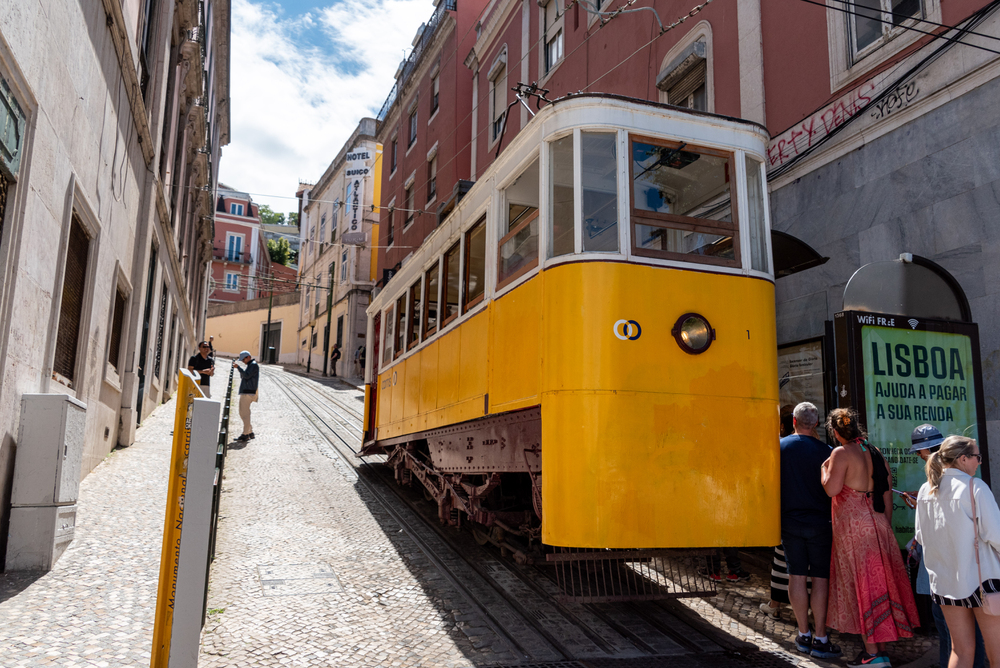
Built across seven hills, Lisbon offers natural viewpoints whenever orientation is needed. The distinctive yellow trams and funiculars serve as moving landmarks, while intricate mosaic sidewalks create paths worth following.
The Alfama district’s Moorish-influenced street pattern rewards wanderers with intimate plazas and unexpected viewpoints across terracotta rooftops.
Fes, Morocco

The ancient medina contains over 9,000 winding alleyways where maps prove nearly useless. The organization around trade quarters provides subtle navigation cues, while calls to prayer offer audio landmarks throughout the day.
Here, mapless exploration becomes less a choice than the authentic way to experience this living medieval labyrinth.
Antigua, Guatemala

Surrounded by three volcanoes that serve as constant reference points, Antigua’s geometric grid creates an environment where spontaneous wandering feels safe. Distinctive landmarks include ruined churches damaged by historic earthquakes, while consistent single-story architecture and cobblestone streets maintain visual cohesion that makes navigation intuitive.
Like Travel Pug’s content? Follow us on MSN.
Amsterdam, Netherlands

The concentric canal rings create a layout that, once grasped, allows intuitive navigation. The city’s pedestrian and cycling culture welcomes exploration at a leisurely pace, with distinctive canal houses serving as informal landmarks.
The compact scale ensures wanderers eventually encounter recognizable locations while enjoying atmospheric neighborhoods beyond the tourist center.
San Cristóbal de las Casas, Mexico
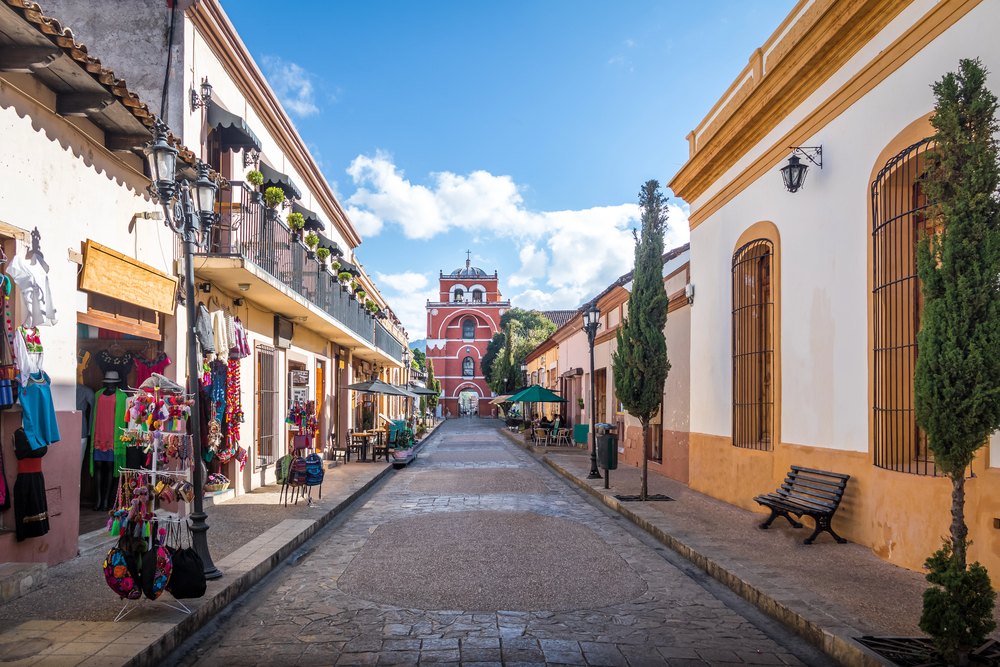
This highland colonial town features an intuitive layout centered around a main square with color-coded neighborhoods radiating outward. Church towers serve as reference points visible above predominantly single-story buildings.
Indigenous influence creates vibrant streetscapes where even wrong turns lead to authentic cultural experiences.
Edinburgh, Scotland
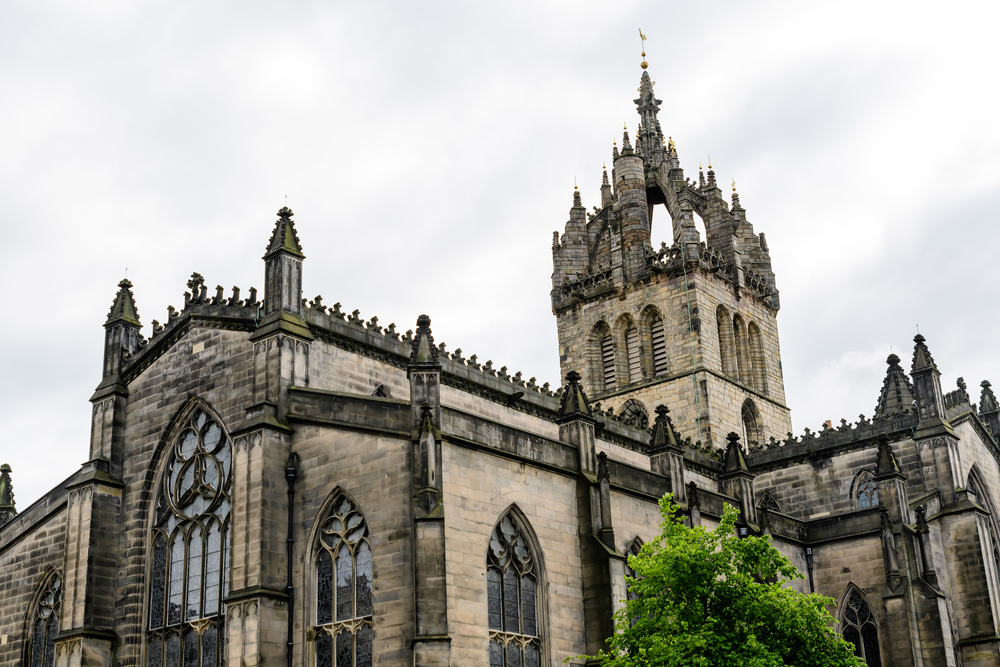
Edinburgh’s dramatic topography divides the city into distinct zones that are easily navigable without maps. The castle provides an ever-present landmark visible throughout the center, while the Royal Mile creates a clear spine from which atmospheric alleys branch downhill.
The contrast between medieval Old Town and geometric New Town offers two different exploration styles within walking distance.
Like Travel Pug’s content? Follow us on MSN.
Siena, Italy
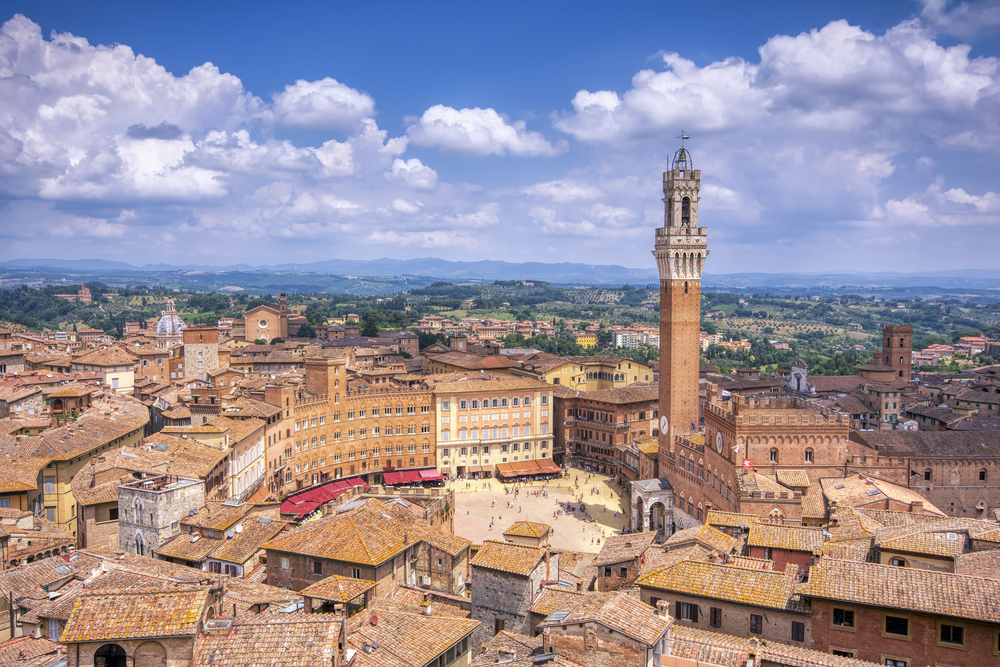
Centered around the distinctive shell-shaped Piazza del Campo, Siena’s 17 historic districts each display identifying flags and symbols throughout their territory, creating natural boundaries for explorers. The city’s manageable size and pedestrianized center reward unplanned wandering with atmospheric streets housing artistic treasures and family-run establishments maintaining centuries-old traditions.
Dubrovnik, Croatia

The perfectly preserved medieval core is surrounded by imposing stone walls that provide both boundary and elevated pathways for orientation. The main street bisects the city, creating a reference line from which to explore steep staircases and narrow alleys.
Limited access points mean explorers naturally cycle back to recognizable locations while enjoying stunning Adriatic views.
Guanajuato, Mexico

Built in a narrow valley with colorful houses cascading up surrounding hillsides, this mining town features an underground road system that leaves the historic center primarily pedestrianized. The organic street pattern follows the original riverbed, creating surprising plazas and passages, including the famous Callejón del Beso (Alley of the Kiss), where balconies nearly touch across the narrow passage.
Like Travel Pug’s content? Follow us on MSN.
Stockholm, Sweden

Spread across 14 islands connected by 57 bridges, Stockholm offers natural boundaries that help maintain orientation. Each island’s distinctive character creates instant recognition, while water provides constant navigational reference points.
Pedestrian-friendly infrastructure and clear sightlines across the water to landmarks mean wanderers can follow curiosity without becoming disoriented.
Quebec City, Canada

North America’s only walled city north of Mexico offers distinct Upper and Lower Towns connected by staircases, creating natural divisions that help mapless explorers. The fortified colonial core rewards spontaneous wandering with atmospheric streets and river views.
The compact scale ensures that explorers eventually circle back to familiar landmarks like the distinctive Château Frontenac.
Chefchaouen, Morocco

The famous “Blue City” creates an otherworldly environment where predominantly blue-painted buildings transform navigation into a sensory experience. The medina’s modest size makes it perfect for consequence-free wandering, while the mountainside location provides natural orientation with uphill and downhill directions guiding exploration.
Like Travel Pug’s content? Follow us on MSN.
Valparaíso, Chile
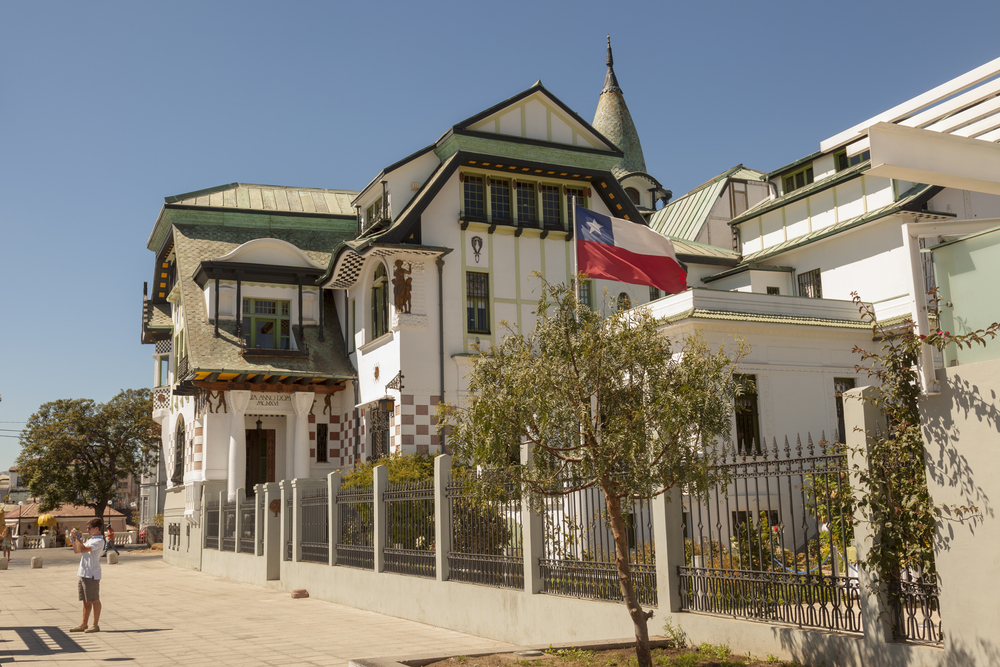
Built across 42 hills overlooking the Pacific, this port city embraces spontaneous exploration through funiculars and colorful staircases connecting different levels. The famous street art transforms navigation into a visual treasure hunt, with murals serving as distinctive landmarks.
Each hill neighborhood maintains a unique character that helps wanderers recognize their location.
Porto, Portugal
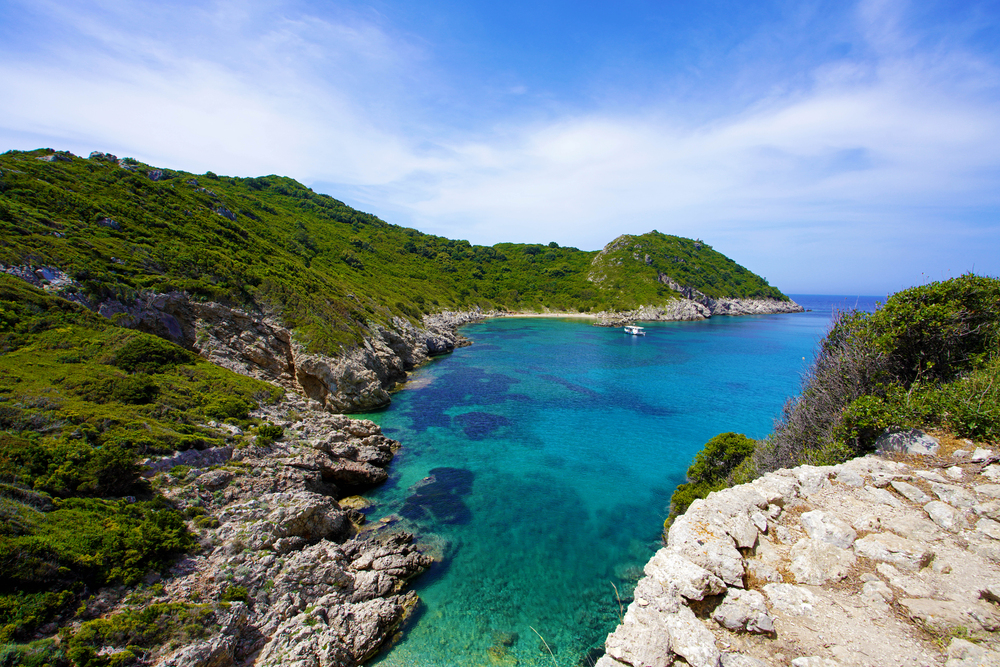
The historic Ribeira district tumbles down steep hills to the Douro River, creating a three-dimensional puzzle of narrow streets and staircases. Porto’s distinctive bridges provide constant reference points, while blue-tiled church façades and the Torre dos Clérigos serve as vertical landmarks visible above the low-rise buildings.
The city rewards unplanned exploration with hidden viewpoints and architectural surprises.
Antigua, Caribbean

The historic naval dockyard and colonial architecture create an intuitive environment for mapless exploration. The grid pattern established by British planners provides an underlying structure, while harbor views offer constant orientation.
The island setting provides natural boundaries that contain exploration within comfortable limits.
Like Travel Pug’s content? Follow us on MSN.
Luang Prabang, Laos

Situated between two rivers, this former royal capital features natural boundaries where Buddhist temples with distinctive rooflines serve as landmarks visible above traditional architecture.
Morning alms processions of orange-robed monks create living landmarks that help orient visitors to daily rhythms as much as physical space.
Bologna, Italy
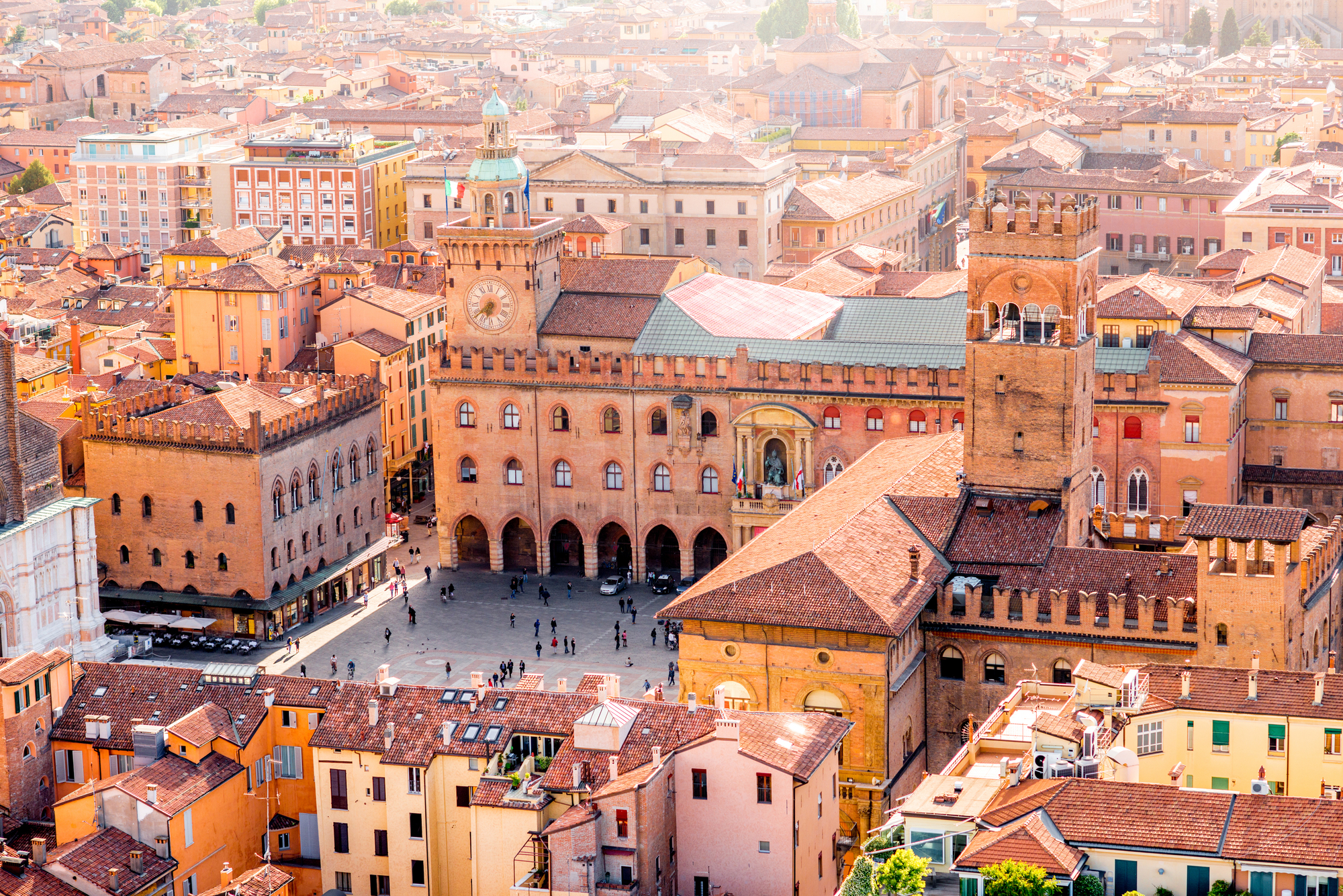
The distinctive porticoed walkways cover nearly 25 miles of pedestrian paths, creating sheltered corridors for exploration regardless of weather. Medieval towers serve as vertical landmarks visible above the consistent red-orange buildings.
The university district rewards unplanned wandering with historical libraries, atmospheric cafés, and hidden courtyards not found on standard tourist itineraries.
Jaipur, India

The “Pink City” features a distinctive grid layout with major streets dividing the historic center into rectangular blocks. The consistent pink-orange buildings create visual cohesion, while landmarks, including the Hawa Mahal (Palace of Winds), provide orientation points.
Spontaneous exploration reveals bustling bazaars and architectural details that planned routes might overlook.
Like Travel Pug’s content? Follow us on MSN.
The Joy of Getting Lost
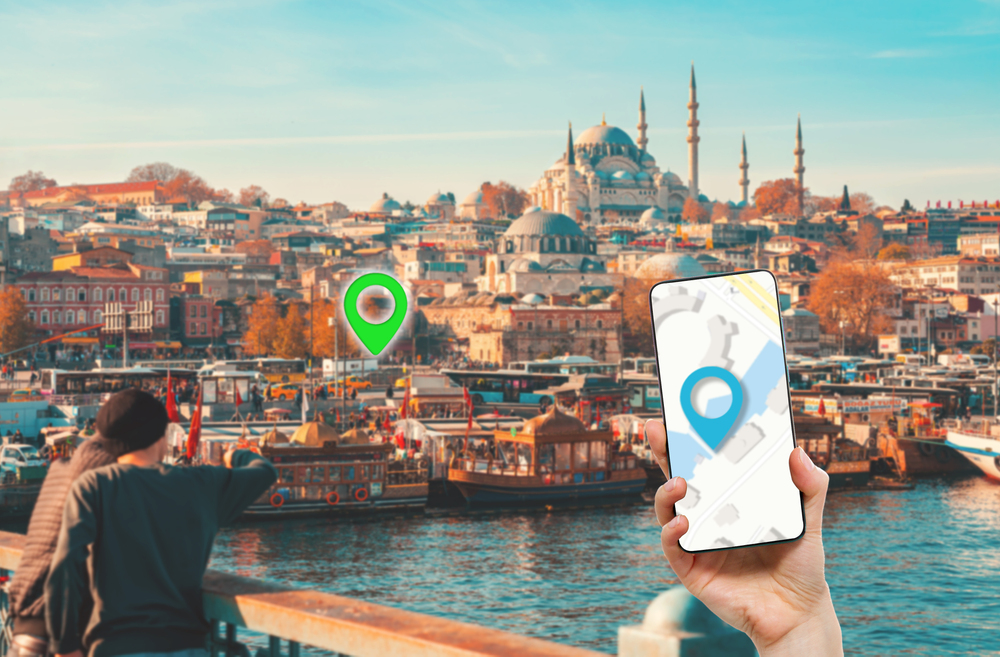
These cities share qualities that transform potential disorientation into pleasure—distinctive architecture, natural boundaries, and cultural elements that reward spontaneous discovery. They remind us that sometimes the richest travel experiences come not from following predetermined routes but from stumbling upon authentic moments that never appear on any map.
In an era where GPS has nearly eliminated the concept of “getting lost,” these urban environments preserve the special joy of discovery that comes from turning down an alley simply because it looks interesting or following the sounds of local life to their source.
More from Travel Pug

- Cities Growing so Fast You Won’t Recognize Them in 10 Years
- 13 Destinations Where Tourists Regularly Regret Their Trip
- 20 Obscure WWII Sites Even History Buffs Don’t Know About
- 10 Under-the-Radar Mountain Towns That Are Both Affordable and Beautiful
- Remote Villages in Europe Where You Can Live for Free in Exchange for Work
Like Travel Pug’s content? Follow us on MSN.
